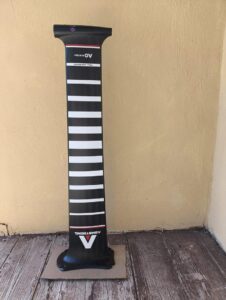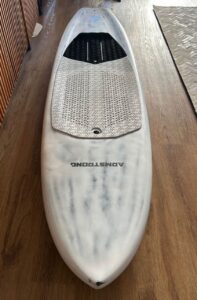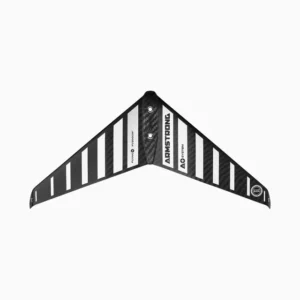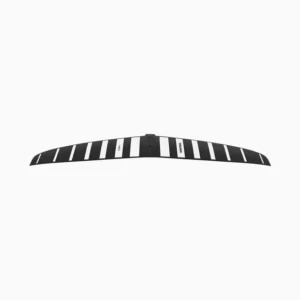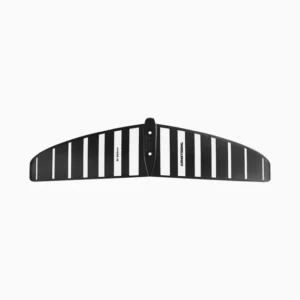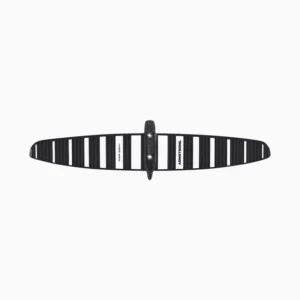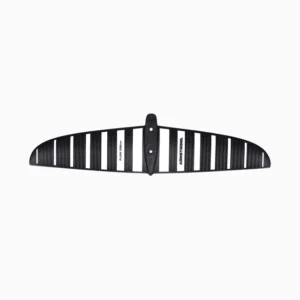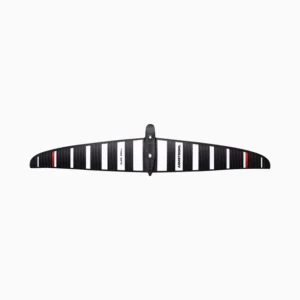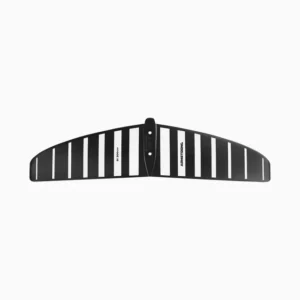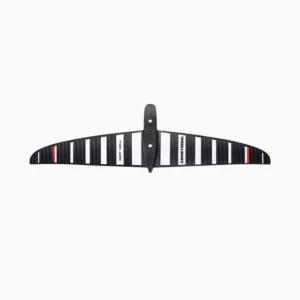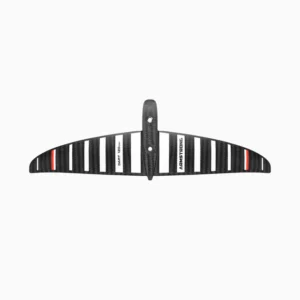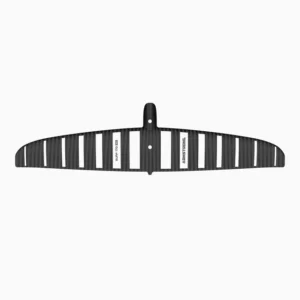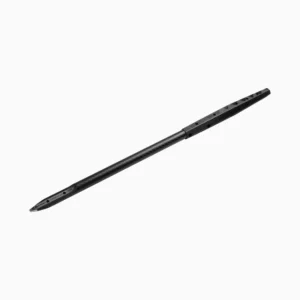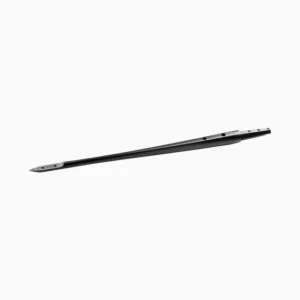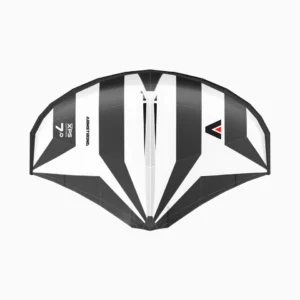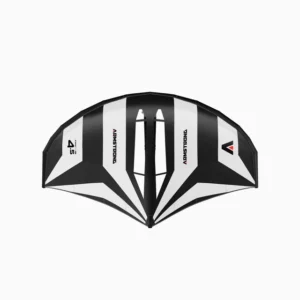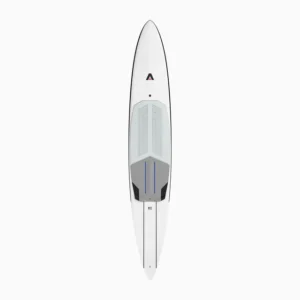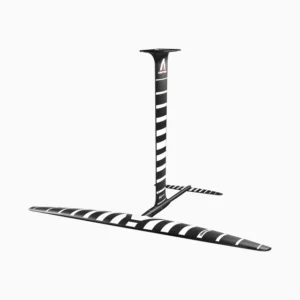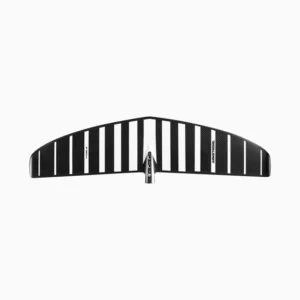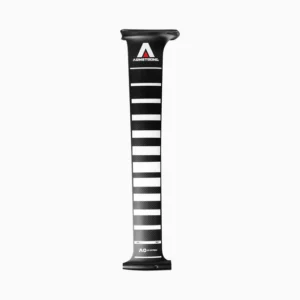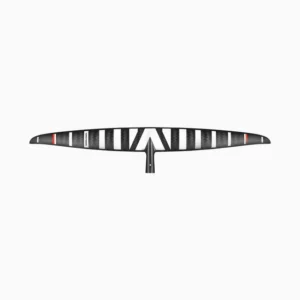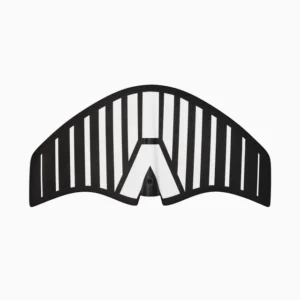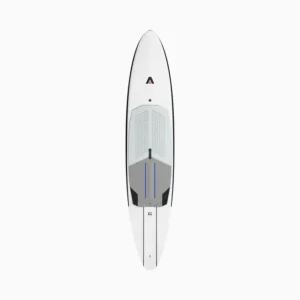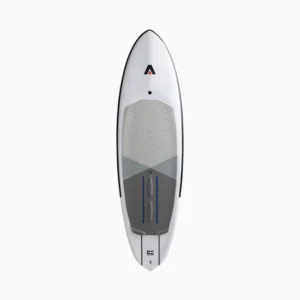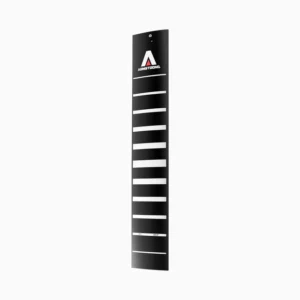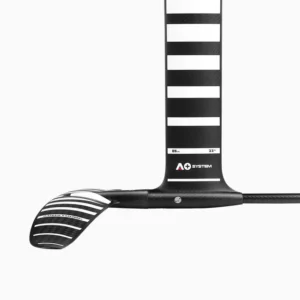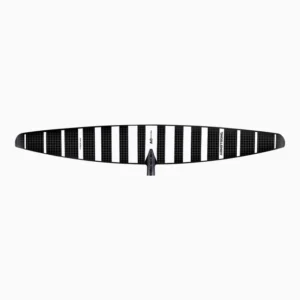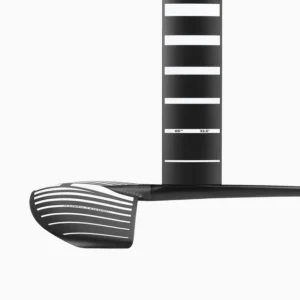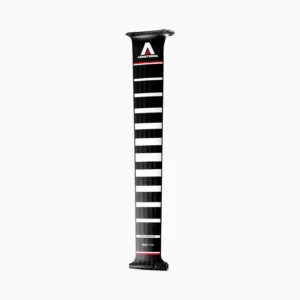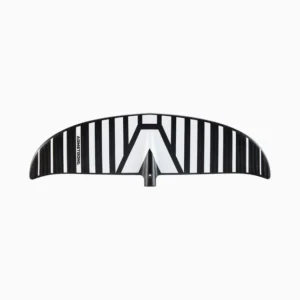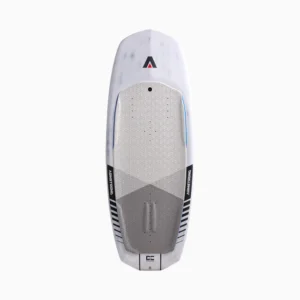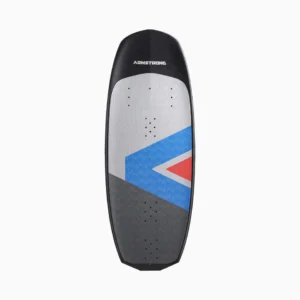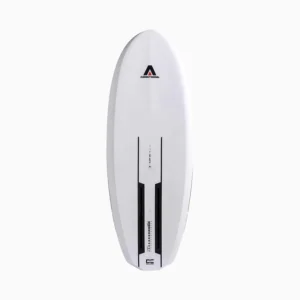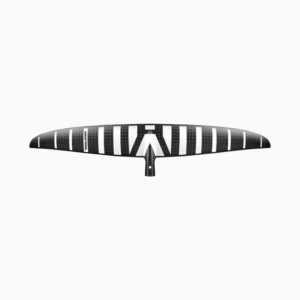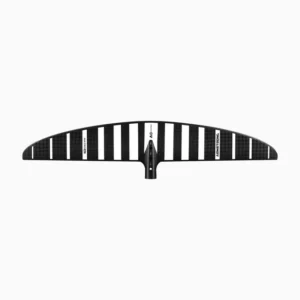Armstrong Pumping Foiling: Unlock the Next Level of Foil Performance
Pumping foiling transforms your water experience by allowing you to generate lift and speed without waves or wind. Armstrong leads the way with innovative designs and precision engineering that make pumping foiling accessible, efficient, and exhilarating for riders of all levels. Whether you’re a beginner eager to explore or an expert pushing limits, Armstrong Pumping Foiling gear delivers unmatched control and fluidity.
What Is Pumping Foiling?
Pumping foiling is the technique of using dynamic body movements and weight shifts to maintain or increase foil lift and speed. Unlike traditional foiling, which often relies on wind or wave energy, pumping lets you create your own propulsion. Armstrong’s specialized foil wings and boards optimize this action, allowing riders to glide farther, pump longer, and carve sharper.
Why Choose Armstrong for Pumping Foiling?
Armstrong understands that pumping foiling demands gear tailored for efficiency and responsiveness. Their design philosophy focuses on:
Lightweight, stiff carbon constructions for precise energy transfer
Modular wings optimized for pumping lift and acceleration
Balanced masts and fuselages for effortless control
Boards designed for stability, pop, and easy pumping
With Armstrong, every component works together to amplify your pumping power and maximize ride time.
Key Features of Armstrong Pumping Foiling Gear
Experience these standout benefits designed specifically for pumping foiling:
High lift-to-drag ratio wings: Engineered for effortless pumping with minimal resistance.
Responsive carbon fiber construction: Provides dynamic flex without compromising strength.
Modular system compatibility: Swap wings, masts, and fuselages to match your progression.
Optimized board volumes and shapes: Enhance stability and power transfer during pumping motions.
Precision CNC-machined aluminum parts: Ensure durability and seamless fit.
Lightweight design: Reduces fatigue during extended pumping sessions.
Armstrong Pumping Foiling Product Lineup
Explore Armstrong’s key pumping-foiling components designed to help you fly higher and ride longer:
Glide Pump Wing
Surface Area: 950 cm²
Best For: Beginner to intermediate riders mastering pumping technique
Highlights: Stable lift, smooth pump response, forgiving handling
Ideal For: Lakes, flatwater, and gentle downwind runs
Sprint Pump Wing
Surface Area: 800 cm²
Best For: Intermediate to advanced riders looking for speed and agility
Highlights: Faster acceleration, precise control, tight carving capability
Ideal For: Downwind foiling and wave pumping
Freestyle Pump Wing
Surface Area: 500 cm²
Best For: Advanced riders focused on tricks, pop, and aerial maneuvers
Highlights: Agile, highly responsive, designed for explosive pumping bursts
Ideal For: Surf zones and performance-focused riders
Mast Length Options
60 cm: Beginner-friendly, low center of gravity, easy balance
70 cm: Versatile, optimal for varied conditions
85 cm: Increased clearance for bigger waves and faster pumping
Board Options
7’2” Glide Volume Board: Stable platform for steady pumping
6’0” Freestyle Board: Compact, lightweight, and responsive for tricks
8’0” Downwind Cruiser: Larger volume for relaxed long-distance pumping
How Armstrong Supports Pumping Foiling Progression
Armstrong’s modular approach encourages riders to evolve at their own pace. Start with a stable Glide wing and medium mast, then gradually swap components as confidence and skill grow. This system:
Saves money by avoiding full kit replacements
Reduces environmental waste with reusable parts
Provides flexibility to tailor gear for specific water conditions
Pumping Foiling Technique Tips with Armstrong Gear
Maximize your Armstrong setup by mastering these pumping techniques:
Rhythmic Leg Drive: Use your legs to push the board down and back, generating foil lift.
Smooth Weight Shifts: Transition your weight fluidly between feet to maintain momentum.
Body Positioning: Keep knees bent and shoulders relaxed to absorb foil feedback.
Paddle Timing: Sync paddle strokes with pumping for consistent speed build-up.
Armstrong’s gear responds intuitively, rewarding subtle, confident inputs.
Why Pumping Foiling with Armstrong Changes the Game
With Armstrong, pumping foiling becomes less about struggle and more about flow. The carefully engineered wings reduce drag while increasing lift, making your pumping energy more effective. The lightweight carbon and precise machining ensure durability without sacrificing performance. Meanwhile, the modular design means your gear evolves with you.
Highlighted Benefits of Armstrong Pumping Foiling Kits
Enhanced Lift & Acceleration: Pump longer and faster with less effort.
Exceptional Stability: Confident footing for smoother rides.
Durable, Lightweight Materials: Outlasts the toughest conditions.
Customizable Components: Tailor your foil setup precisely.
Eco-conscious Manufacturing: Sustainable materials and processes.
Global Dealer & Support Network: Reliable assistance worldwide.
Armstrong Pumping Foiling: Frequently Asked Questions (FAQ)
What skill level is Armstrong pumping foiling gear suitable for?
Armstrong offers gear tailored for all levels — from absolute beginners on the Glide Pump Wing to pros using the Freestyle Pump Wing.
Can I use Armstrong pumping wings in surf?
Yes, Armstrong wings are designed for versatility. Freestyle Pump Wings excel in surf zones, while Sprint Wings handle downwind and wave pumping efficiently.
How do I know which mast length to choose?
Choose a shorter mast for shallow or flat water, and longer masts for waves and deeper water to avoid hitting the board during pumping.
Is the modular system compatible across all Armstrong products?
Yes, Armstrong’s modular system is designed for seamless interchangeability between wings, fuselages, masts, and boards.
How durable is Armstrong pumping foiling gear?
Made with aerospace-grade carbon fiber and marine-grade aluminum, Armstrong gear withstands the rigors of regular use while maintaining lightweight performance.
Sustainable Commitment in Armstrong Pumping Foiling
Armstrong integrates eco-friendly materials and production methods, ensuring your purchase supports ocean health alongside superior performance.
Final Call to Action
Armstrong Pumping Foiling unlocks a new dimension of water riding freedom. Don’t wait for waves or wind — generate your own lift and glide with confidence and ease. Explore Armstrong’s pumping foiling range today and experience the power of flight on your terms.
Mastering Armstrong Pumping Foiling: In-Depth Technique Tutorials
Pump your way to effortless lift and exhilarating rides by honing the core techniques that Armstrong gear is designed to enhance. Below, you’ll find step-by-step guidance on essential pumping foiling skills, tips to improve efficiency, and common pitfalls to avoid.
Understanding the Fundamentals of Pumping Foiling
Before you start, it’s crucial to understand that pumping foiling relies on generating upward lift and forward thrust by using your body as an engine. Armstrong’s specialized wings and boards amplify these movements for maximum effect.
Technique 1: The Rhythmic Pump
The rhythmic pump is the heartbeat of pumping foiling. It involves cyclic compression and extension of your legs, timed perfectly to the foil’s natural lift cycle.
Steps:
Start in a balanced stance with knees slightly bent and feet shoulder-width apart.
Push down and back with your front leg, applying pressure to the board and foil.
Follow immediately by bending your knees to absorb the return motion and prepare for the next pump.
Keep your movements smooth and consistent, avoiding jerky or overly aggressive pushes.
Tips:
Keep your upper body relaxed; tension wastes energy.
Synchronize with gentle paddle strokes for added propulsion.
Maintain eye focus on the horizon to aid balance and timing.
Technique 2: Weight Shifting for Turn Control
Effective pumping foiling requires smooth transitions between straight riding and carving turns.
Steps:
Begin pumping in a neutral stance.
To turn, subtly shift weight toward your toes or heels depending on the desired direction.
Use your arms and paddle to maintain balance as your board carves the water surface.
Continue pumping rhythmically to maintain foil lift through the turn.
Tips:
Practice wide turns before progressing to sharper carves.
Use Armstrong’s responsive wings for quick feedback during weight shifts.
Avoid sudden, large weight shifts that can destabilize the foil.
Technique 3: Timing Your Paddle Strokes with Pumping
Integrating paddle strokes with pumping enhances speed and stability.
Steps:
Paddle lightly to build initial momentum.
Begin rhythmic pumping with your legs as you increase speed.
Coordinate paddle strokes to match pumping rhythm—usually one paddle stroke per pumping cycle.
Adjust paddle intensity based on water conditions and speed requirements.
Tips:
Avoid over-paddling; pumping provides the primary propulsion once flying.
Practice in flatwater to develop a natural coordination between pumping and paddling.
Use your paddle for balance in tricky sections, especially during turns.
Advanced Tips for Maximizing Armstrong Pumping Foiling
As you progress, consider these advanced techniques to elevate your performance:
Optimize stance width: Narrow your feet slightly for quicker pumping or widen for stability during downwind runs.
Engage your core: Use your abdominal muscles to maintain balance and control subtle weight shifts.
Practice “pump bursts”: Short, rapid pumping sequences to accelerate quickly or recover speed after a slow section.
Anticipate water texture changes: Adjust pumping intensity when transitioning from flatwater to chop or small waves.
Common Mistakes and How to Avoid Them
Even experienced riders encounter pitfalls. Armstrong’s design reduces errors but here are frequent challenges:
Over-pumping: Using excessive force leads to fatigue and jerky rides. Solution: focus on smooth, efficient leg motions.
Stiff knees: Rigid legs block natural foil flex. Solution: keep knees bent and supple.
Poor timing between pumping and paddling: Discoordination slows acceleration. Solution: practice drills syncing strokes and pumps separately, then combined.
Leaning back too far: Causes loss of foil lift and board stability. Solution: maintain balanced, slightly forward weight distribution.
Practice Drills to Build Pumping Mastery
Drill 1: Stationary Pumping
Kneel on the board in flat water with the foil attached.
Use leg motions to pump the foil without moving forward.
Develop a feel for foil lift and timing.
Drill 2: Short Glide Pumps
Start with slow paddling to gain minimal speed.
Practice short pumping bursts to extend glide distance.
Focus on timing and smoothness.
Drill 3: Turned Pumping
Perform wide arcs while maintaining pumping rhythm.
Increase difficulty by tightening turns gradually.
Learn to maintain lift through direction changes.
Why Armstrong Gear Enhances These Techniques
Armstrong’s precision engineering and carbon construction provide the exact flex and feedback needed to feel every subtle movement. Wings designed specifically for pumping foiling respond efficiently to rhythmic leg drives, while modular board volumes and mast lengths allow riders to optimize setups for their style and conditions.
Armstrong Pumping Foiling: Rider Testimonials & Real-Life Stories
Nothing speaks louder than the voices of riders who have embraced Armstrong Pumping Foiling gear. Their journeys illustrate the transformative power, performance, and community that Armstrong fosters worldwide.
Rider Spotlight: Emma’s Journey to Flight
“I never imagined I could pump foil for over 20 minutes without getting exhausted, but Armstrong changed everything. The Glide Pump Wing’s smooth lift and forgiving design made learning feel effortless. Now I explore my local lake every weekend, flying above the water like never before. The modular system means I’m ready to upgrade parts as I progress, which keeps me motivated and connected.”
— Emma, Oregon, USA
From Novice to Competitor: Carlos’s Story
Carlos started foiling with Armstrong gear just two years ago. His favorite setup includes the Sprint Pump Wing combined with an 85 cm mast for downwind sessions along Spain’s Mediterranean coast.
“Armstrong’s design gave me confidence from the start. The wing’s response to pumping lets me carve turns tightly and accelerate quickly. I recently joined a local foil race and placed in the top three. The support from Armstrong’s dealer network and online tutorials has been invaluable.”
— Carlos, Valencia, Spain
Family Fun with Armstrong: The Nguyens’ Experience
The Nguyen family, based in Melbourne, Australia, shares how Armstrong Pumping Foiling brought them together.
“We started with the Glide wing for our kids and quickly fell in love as a family. Pumping foiling is now our weekend ritual, teaching patience, balance, and fun. Armstrong’s durable, lightweight gear is perfect for our varying skill levels. Plus, the eco-friendly materials give us peace of mind as ocean lovers.”
— Linh Nguyen, Melbourne, Australia
Pushing Limits: Aisha’s Freestyle Pumping Adventures
Aisha, a freestyle foiler from Cape Town, South Africa, uses Armstrong’s Freestyle Pump Wing to push boundaries in surf conditions.
“Armstrong gear is tough yet responsive. The carbon construction lets me pull off pop jumps and aerial tricks with control. I appreciate their modular system because I can customize my setup for different waves. Plus, Armstrong’s community has opened doors to incredible local events.”
— Aisha, Cape Town, South Africa
Testimonials Summary: Why Riders Choose Armstrong Pumping Foiling
User-Friendly Designs: Easy learning curves for all ages and levels.
Performance Reliability: Responsive wings and durable builds inspire confidence.
Global Community: Connection with riders worldwide through events and ambassadors.
Sustainable Values: Commitment to eco-friendly materials aligns with rider ethics.
Progression Flexibility: Modular gear grows with you, reducing waste and cost.
Armstrong Pumping Foiling: Comprehensive Maintenance & Care Guide
Proper maintenance ensures your Armstrong gear stays light, strong, and responsive season after season. Follow these expert tips to maximize performance, extend gear life, and enjoy worry-free foiling adventures.
Daily Care: After Every Session
Rinse Thoroughly: Always rinse your foil, board, and hardware with fresh water immediately after use to remove salt, sand, and debris. Saltwater buildup can cause corrosion and degrade components over time.
Dry Completely: Wipe dry with a soft towel and store your gear in a cool, shaded area. Avoid prolonged exposure to direct sunlight which can weaken materials and fade finishes.
Inspect for Damage: Check carbon wings for chips or cracks, aluminum parts for scratches or corrosion, and screws for tightness. Early detection prevents bigger problems later.
Weekly and Monthly Checks
Hardware Tightness: Use provided tools to check and tighten all screws, bolts, and connectors, ensuring everything is secure without overtightening which can strip threads.
Foil Box and Mast Fittings: Remove and clean mounting points to avoid sand or salt jams, then reassemble carefully to maintain perfect alignment.
Carbon Wing Care: Lightly sand any rough edges or minor scratches with fine-grit sandpaper to maintain smooth hydrodynamics.
Board Inspection: Examine the board surface for dents, pressure marks, or cracks. Repair minor dings promptly using marine-grade repair kits.
Seasonal Deep Maintenance
Complete Disassembly: At least once per season, disassemble your foil components completely for deep cleaning. Soak aluminum parts in fresh water to dissolve any accumulated salts.
Lubricate Moving Parts: Apply a marine-safe lubricant on screws and threads to prevent corrosion and ensure smooth assembly. Avoid excess oil near carbon surfaces.
Carbon Inspection: Carefully examine wings and mast for any structural damage. Armstrong’s carbon prepreg construction is durable but requires professional repair for significant damage.
Protective Storage: Store gear indoors on padded racks or in specialized bags. Use foil bags with reinforced protection for transport.
Transport and Travel Tips
Use Padded Bags: Protect your foil and boards with Armstrong’s custom padded bags, which include compartments for wings, masts, and tools.
Disassemble When Possible: Remove wings and mast for safer travel and reduced risk of damage.
Avoid Overpacking: Excess pressure can cause deformation; pack gear loosely but securely.
Declare Properly: When flying, check airline policies for sports equipment and declare fragile items to reduce handling risks.
Troubleshooting Common Issues
| Problem | Possible Cause | Solution |
|---|---|---|
| Loose screws or rattling foil | Vibrations and wear | Tighten all fasteners; replace worn hardware |
| Foil lift inconsistent | Damage to wing or incorrect setup | Inspect wings; adjust mast length or angle |
| Corrosion on aluminum parts | Saltwater exposure without rinsing | Rinse after use; apply protective lubricant |
| Difficulty assembling parts | Sand or debris in connectors | Clean and lubricate connection points |
When to Seek Professional Repair
Armstrong’s carbon components are engineered for durability but require expert attention for:
Deep cracks or structural damage to wings
Bent or deformed mast or fuselage
Persistent alignment issues affecting performance
Contact Armstrong’s authorized repair centers for assessment and certified service to keep your gear safe and performing optimally.
Summary: Care Equals Confidence
Consistent maintenance protects your Armstrong pumping foil gear, extends its lifespan, and ensures you always get peak performance on the water. Treat your gear well, and it will reward you with smooth, thrilling pumping foiling sessions season after season.
Armstrong Pumping Foiling: Advanced Techniques to Elevate Your Ride
Once you’ve mastered the fundamentals, Armstrong’s cutting-edge gear helps you refine advanced pumping techniques that unlock new levels of speed, control, and style on the water.
Technique 1: Pumping for Speed and Distance
To maintain high speed over long distances, mastering efficient energy use is crucial. Armstrong’s lightweight carbon wings minimize drag, making sustained pumping less tiring.
How to Execute:
Use a steady, rhythmic pumping motion with moderate leg extension to generate lift without overexertion.
Keep your upper body relaxed and your core engaged to stabilize balance.
Incorporate controlled paddle strokes timed with pumping to add propulsion.
Maintain a slightly forward-leaning stance to optimize lift and reduce drag.
Benefits:
Increased glide duration
Enhanced overall speed
Reduced rider fatigue
Technique 2: Dynamic Carving and Pumping Transitions
Combining tight carving turns with pumping maneuvers adds excitement and control to your ride.
How to Execute:
Initiate a carve by shifting weight to your toes or heels while maintaining pumping rhythm.
Use subtle paddle strokes for balance during the turn.
Adjust pumping intensity—slightly increase on the inside of the turn to maintain lift.
Exit the turn smoothly by returning to a neutral stance and steady pumping.
Benefits:
Greater maneuverability
Enhanced foil control in variable conditions
Ability to navigate tighter downwind or wave runs
Technique 3: Pump-Burst Acceleration for Quick Speed Gains
Sometimes you need a sudden burst of speed, such as catching up to a wave or overtaking a competitor.
How to Execute:
Engage in rapid, powerful pumps using your legs while keeping upper body stable.
Synchronize quick, strong paddle strokes with leg pumps.
Use core muscles to maintain balance and avoid excessive rocking.
Follow with steady pumping to sustain the gained speed.
Benefits:
Rapid acceleration
Ability to respond quickly to changing conditions
Increased competitive edge
Technique 4: Foil Jumping and Aerial Tricks
For riders pushing freestyle limits, Armstrong’s Freestyle Pump Wing offers the responsiveness required for aerial maneuvers.
How to Execute:
Build speed using pumping bursts.
Compress your legs just before takeoff, then explosively extend to launch off the water surface.
Use your body and paddle for balance in the air.
Focus on soft landings by bending knees and absorbing impact.
Benefits:
Expanded repertoire of tricks
Increased confidence in handling airborne moves
Enhanced enjoyment and style
Technique 5: Pumping in Choppy or Variable Conditions
Choppy water adds complexity, but Armstrong’s modular boards and responsive wings help maintain control.
How to Execute:
Shorten pumping strokes and increase frequency to adapt to bumps.
Keep your stance low and centered to absorb shocks.
Use your paddle actively to stabilize during uneven sections.
Anticipate waves and adjust timing for lift generation.
Benefits:
Maintained speed and lift despite rough water
Reduced risk of foil stalls or falls
Improved ride comfort
Training Tips for Advanced Pumping Foilers
Cross-train your legs and core with off-water exercises to build stamina and balance.
Video your sessions to analyze and refine technique.
Ride with others to learn new skills and stay motivated.
Attend Armstrong clinics and workshops to gain expert guidance.
Why Armstrong Gear Supports Advanced Pumping Foiling
The precise engineering and material quality of Armstrong’s foil wings, masts, and boards enable riders to perform advanced techniques with confidence. Lightweight carbon fiber delivers quick response, while modular customization lets you dial in your ideal setup for any style or condition.
Armstrong Pumping Foiling: Comprehensive Buyer’s Guide
Selecting the right Armstrong Pumping Foiling gear can transform your water experience from challenging to exhilarating. This guide simplifies your choices and helps you find the perfect setup.
Step 1: Identify Your Skill Level and Riding Goals
Beginner: Just starting pumping foiling or new to foiling entirely. Prioritize stability and forgiveness.
Intermediate: Comfortable with basic pumping and riding; seeking improved speed and maneuverability.
Advanced: Skilled foiler focused on speed, tricks, and specialized conditions.
Step 2: Choose the Right Pumping Wing
| Model | Best For | Wing Area (cm²) | Key Benefits |
|---|---|---|---|
| Glide Pump Wing | Beginners, flatwater | 950 | Maximum lift, smooth and stable pumping |
| Sprint Pump Wing | Intermediate, downwind | 800 | Faster acceleration, sharp turns |
| Freestyle Pump Wing | Advanced, tricks | 500 | Agile, responsive, designed for aerial moves |
Step 3: Select the Appropriate Mast Length
60 cm: Ideal for beginners or shallow waters; offers easy balance.
70 cm: Versatile all-around length suitable for most riders.
85 cm: Preferred by advanced riders tackling waves or rough conditions for extra clearance.
Step 4: Pick the Board That Matches Your Style
| Board Model | Length | Volume (Liters) | Best For |
|---|---|---|---|
| Glide Volume Board | 7’2” | High | Stability-focused beginners |
| Freestyle Board | 6’0” | Low | Agility and tricks |
| Downwind Cruiser | 8’0” | Very High | Long distance and downwind rides |
Step 5: Consider Your Local Conditions
Flatwater/Lakes: Glide Pump Wing + Glide Volume Board for steady lift and ease of use.
Downwind/Coastal: Sprint Pump Wing + Downwind Cruiser Board for speed and comfort.
Surf Zones: Freestyle Pump Wing + Freestyle Board for quick maneuvers and aerials.
Step 6: Factor in Your Progression Plan
Armstrong’s modular system encourages starting with forgiving components and upgrading wings, masts, or boards as your skills grow—maximizing value and sustainability.
Step 7: Accessory Recommendations
Foil Bag: Protect your investment during transport.
Helmet & PFD: Prioritize safety on every session.
Repair Kit: Handy for quick fixes on the water.
Leash: Prevents loss of board in falls.
Why Choose Armstrong?
Armstrong’s gear is designed with precision, durability, and rider feedback in mind. The brand combines top-tier carbon fiber materials with innovative modularity and eco-conscious manufacturing—perfect for riders who want performance without compromise.
Summary: Your Ideal Armstrong Pumping Foiling Setup
| Rider Level | Wing | Mast Length | Board | Accessories |
|---|---|---|---|---|
| Beginner | Glide Pump | 60-70 cm | Glide Volume Board | Helmet, PFD, Foil Bag |
| Intermediate | Sprint Pump | 70 cm | Downwind Cruiser | Helmet, PFD, Repair Kit |
| Advanced | Freestyle Pump | 70-85 cm | Freestyle Board | Helmet, PFD, Leash |
Armstrong Pumping Foiling: Frequently Asked Questions (FAQ)
What is pumping foiling, and how does it differ from regular foiling?
Pumping foiling uses your body’s rhythmic movements to generate lift and speed, unlike regular foiling that depends on wind or wave energy. This technique allows you to ride in flat or light conditions by “pumping” your foil.
Who is Armstrong Pumping Foiling gear suitable for?
Armstrong offers gear for all skill levels—from beginners just learning to pump efficiently to advanced riders performing tricks and high-speed runs. The modular system means you can tailor your setup as you progress.
Can I use Armstrong pumping wings for surf foiling?
Absolutely! Armstrong’s Freestyle Pump Wing is specifically designed for surf conditions, providing agility and quick response for carving waves and performing tricks.
How do I choose the right mast length?
Shorter masts (60 cm) offer stability and are ideal for beginners or shallow water. Longer masts (70–85 cm) provide more clearance for wave riding and advanced maneuvering.
Is Armstrong’s gear compatible with other foil brands?
Armstrong’s modular system is designed for seamless compatibility within its own product range. Some components may fit other brands, but for optimal performance and safety, Armstrong recommends using its parts.
How durable is Armstrong’s carbon fiber construction?
Armstrong uses aerospace-grade carbon fiber and marine-grade aluminum for exceptional strength and lightweight performance. Proper maintenance ensures longevity even in demanding conditions.
How should I maintain my Armstrong pumping foil gear?
Rinse all components with fresh water after use, inspect regularly for damage, tighten hardware, and store gear away from direct sunlight. Refer to Armstrong’s maintenance guide for detailed care instructions.
What warranty does Armstrong provide?
Armstrong offers a 2-year limited warranty covering defects in materials and workmanship. This does not include damage from misuse, accidents, or normal wear and tear.
Can I upgrade my setup over time?
Yes! Armstrong’s modular design allows you to upgrade wings, masts, fuselages, and boards individually, tailoring your gear to your evolving skill level and conditions.
Where can I buy Armstrong Pumping Foiling gear?
Armstrong products are available through authorized dealers worldwide, as well as online via the official Armstrong website. Use their dealer locator for local options and support.
Does Armstrong offer lessons or community support?
Armstrong supports riders with online tutorials, workshops, and a global ambassador program to connect foilers for events, clinics, and group sessions.
What safety equipment do I need for pumping foiling?
Wear a helmet, personal flotation device (PFD), and use a leash to keep your board close. Always assess local conditions and ride within your skill level.
Can I travel with my Armstrong pumping foil gear?
Yes. Disassemble wings and mast for safe transport, use padded foil bags, and check airline policies regarding sports equipment to avoid damage.
Ready to Experience Armstrong Pumping Foiling?
If you have more questions or need personalized advice, Armstrong’s customer support team and dealer network are ready to assist. Start your journey today and discover the joy of pumping foiling with gear designed to perform and inspire.
Armstrong Pumping Foiling: Essential Rider Safety Tips
Safety is the foundation of every great foiling session. Following these best practices keeps you protected while maximizing fun on the water.
Always Wear Appropriate Safety Gear
Helmet: Protects your head from accidental impacts with the foil, board, or water surface. Choose a water sports–specific helmet with good ventilation.
Personal Flotation Device (PFD): Even strong swimmers benefit from wearing a PFD designed for paddle sports, ensuring buoyancy and visibility.
Leash: Attach a reliable leash from your ankle or calf to the board to prevent separation during falls.
Choose Safe Conditions for Your Skill Level
Start pumping foiling in calm, flat water with minimal boat traffic.
Avoid crowded areas, strong currents, and heavy surf when learning.
Monitor weather forecasts and wind conditions to avoid unexpected changes.
Be aware of local hazards such as rocks, reefs, or shallow sandbars.
Learn Proper Falling Techniques
Aim to fall away from the foil to minimize injury risk.
Protect your head and limbs by tucking your chin and spreading your arms.
Avoid stiffening up; relaxed muscles reduce impact severity.
Retrieve your gear carefully to avoid foil blades.
Follow Local Regulations and Etiquette
Respect other water users, including swimmers, surfers, and boaters.
Follow right-of-way rules for safe navigation.
Use designated launch points and keep beaches clean.
Participate in local foiling communities to stay informed on safety updates.
Maintain Your Equipment for Safety
Regularly inspect all parts for damage or wear.
Tighten all screws and fittings before each session.
Replace any damaged components promptly with Armstrong-authorized parts.
Store gear properly to prevent degradation and ensure reliability.
Take Lessons and Progress Gradually
Consider professional lessons from Armstrong-certified instructors.
Practice foundational skills before attempting advanced maneuvers.
Increase session difficulty and duration gradually to build confidence and fitness.
Connect with experienced riders for tips and support.
Emergency Preparedness
Carry a waterproof communication device if possible.
Inform someone of your session plans and expected return time.
Know basic first aid and hypothermia prevention techniques.
Learn self-rescue skills tailored to foiling scenarios.
Final Thought on Safety
Armstrong empowers you with world-class gear, but your safety depends on preparation, awareness, and respect for the water. Follow these guidelines to enjoy pumping foiling adventures with confidence and peace of mind.
Armstrong Pumping Foiling: Commitment to Environmental Responsibility
At Armstrong, protecting our oceans and waterways is as important as pioneering top-tier pumping foiling gear. Sustainable practices are woven into every stage of product design, manufacturing, and community engagement.
Sustainable Materials and Manufacturing
Eco-Friendly Carbon Fiber: Armstrong sources advanced carbon fiber materials that maximize strength while reducing environmental footprint. Innovative production techniques minimize waste during fabrication.
Marine-Grade Aluminum: Components are crafted from recyclable marine-grade aluminum, designed for durability and reduced need for frequent replacement.
Water-Based Coatings: Non-toxic, water-based paints and finishes replace harmful solvents traditionally used in manufacturing, promoting safer ecosystems.
Modular Design for Longevity and Waste Reduction
Armstrong’s modular system allows riders to upgrade individual parts (wings, masts, fuselages, boards) without discarding entire setups.
This approach extends product life cycles, reduces landfill waste, and supports a circular economy within watersports.
Packaging and Shipping Initiatives
Armstrong uses minimal and recyclable packaging materials to limit environmental impact.
Shipping partners are selected for carbon offset programs and efficient logistics to reduce transportation emissions.
Community Engagement and Ocean Conservation
Armstrong actively partners with ocean conservation organizations, contributing proceeds to coastal cleanup and marine habitat protection.
Rider education programs include environmental stewardship, encouraging responsible use and respect for natural waterways.
Sponsored events incorporate sustainability practices, such as waste reduction and eco-friendly facilities.
How You Can Help Protect Our Oceans
Rinse gear with freshwater to avoid introducing invasive species to local waters.
Dispose of or recycle old equipment responsibly; Armstrong offers take-back or repair programs.
Participate in local cleanups and support ocean-friendly initiatives.
Practice “Leave No Trace” ethics during all water activities.
The Armstrong Promise
Choosing Armstrong Pumping Foiling gear means joining a movement dedicated not only to innovation and performance but also to the health of our planet. Together, riders and brand work hand-in-hand to keep waters pristine for generations of foilers to come.
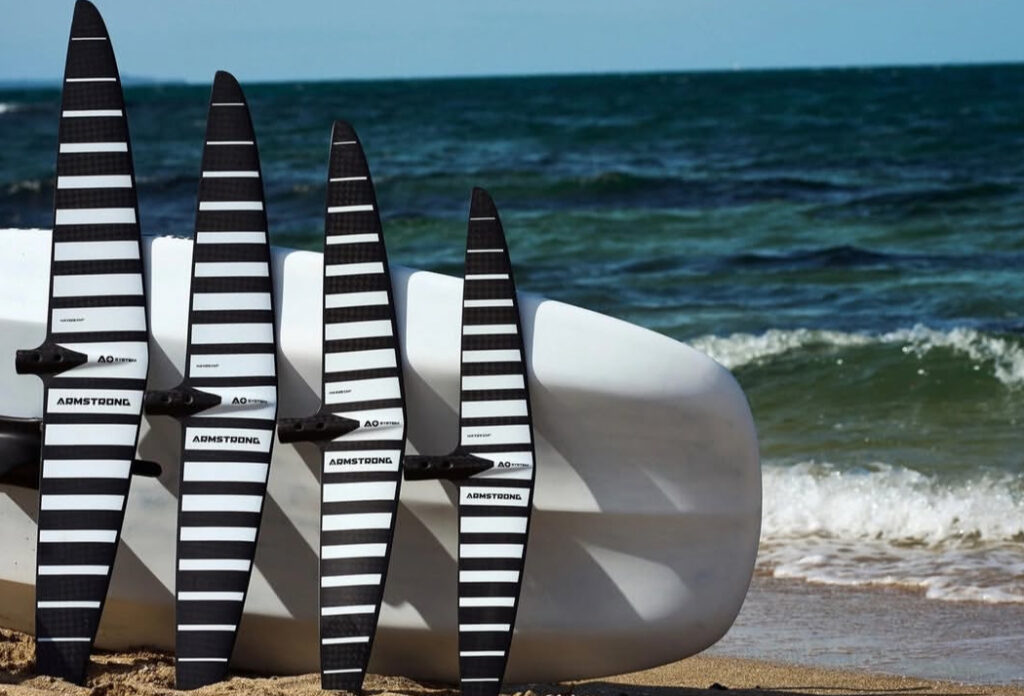
"Delivering the Highest Quality Service—Every Time, Without Compromise."
"Committed to Excellence. Defined by Quality."
At the heart of everything we do lies a simple promise: to uphold the highest standards in service, craftsmanship, and care. Our commitment to excellence drives us to constantly improve, innovate, and exceed expectations. We believe that true quality is not just measured by what we deliver—but by how we deliver it. Every detail matters, because our clients deserve nothing less.
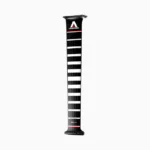
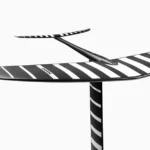
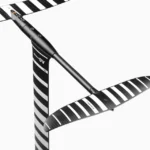

Select options This product has multiple variants. The options may be chosen on the product page
Select options This product has multiple variants. The options may be chosen on the product page
Select options This product has multiple variants. The options may be chosen on the product page
Select options This product has multiple variants. The options may be chosen on the product page
Select options This product has multiple variants. The options may be chosen on the product page
Select options This product has multiple variants. The options may be chosen on the product page
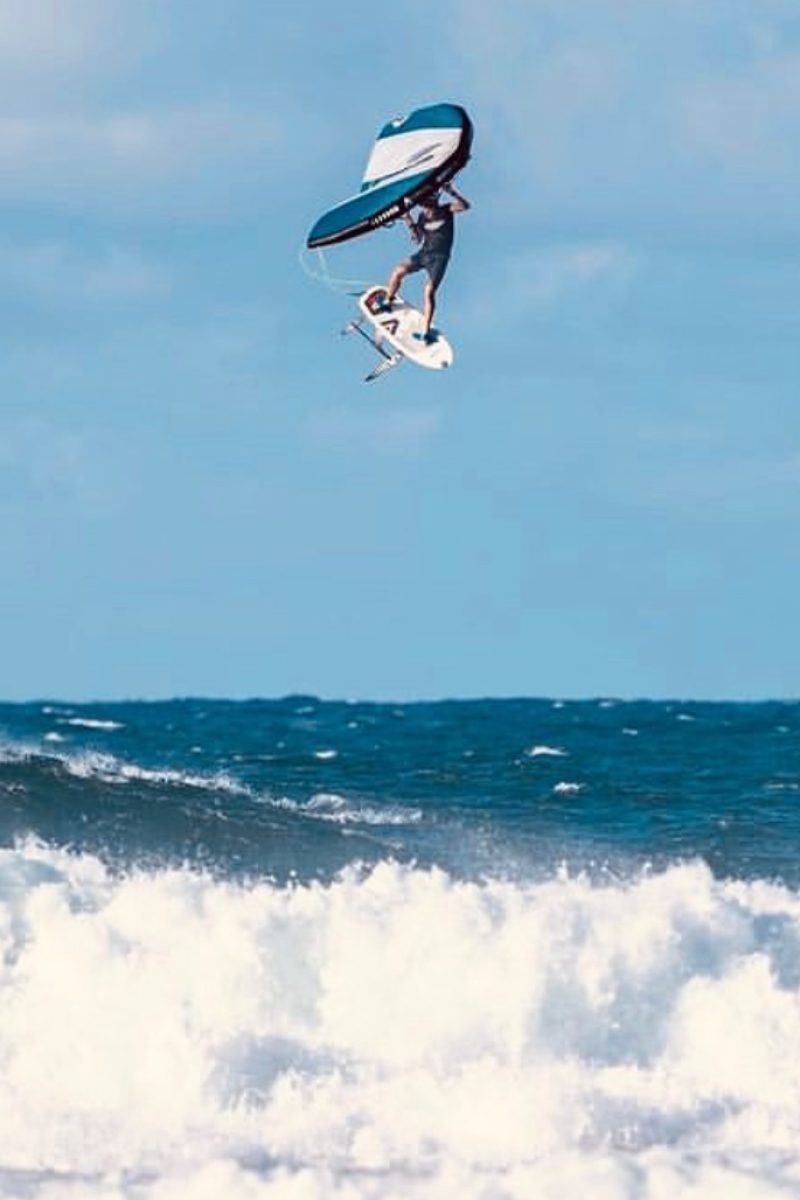
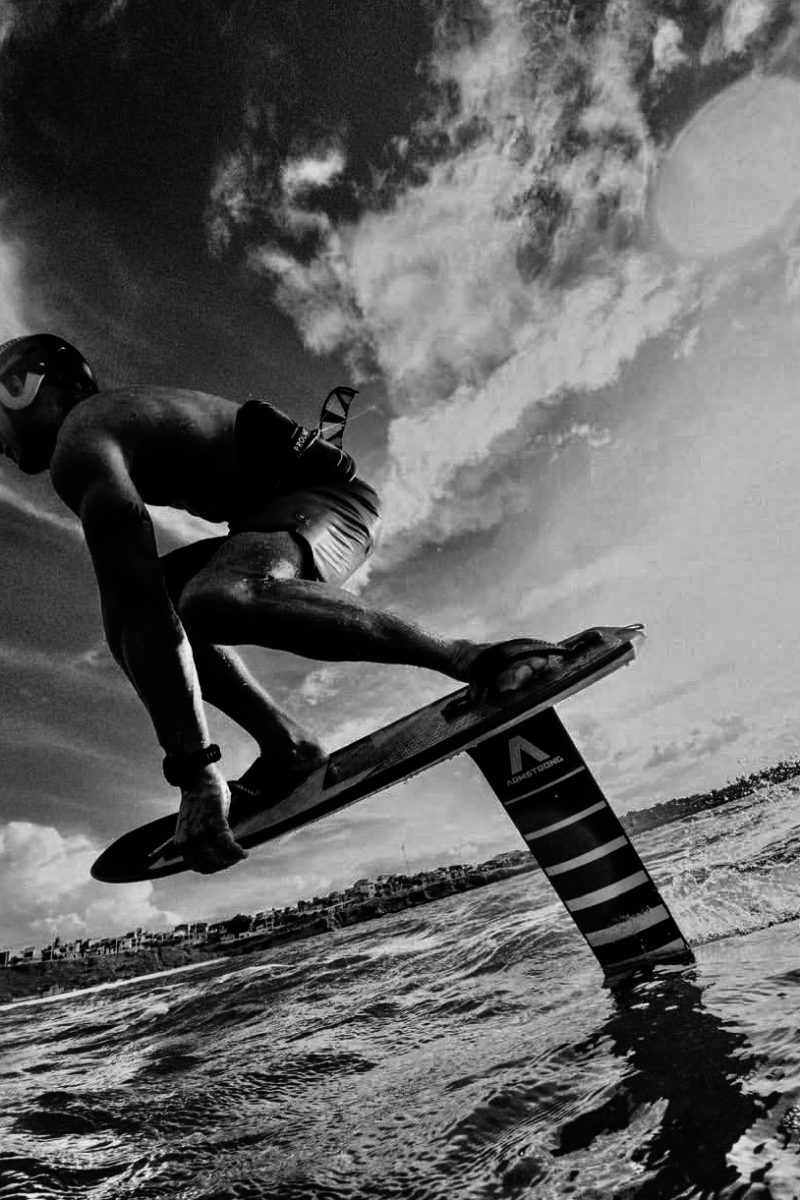
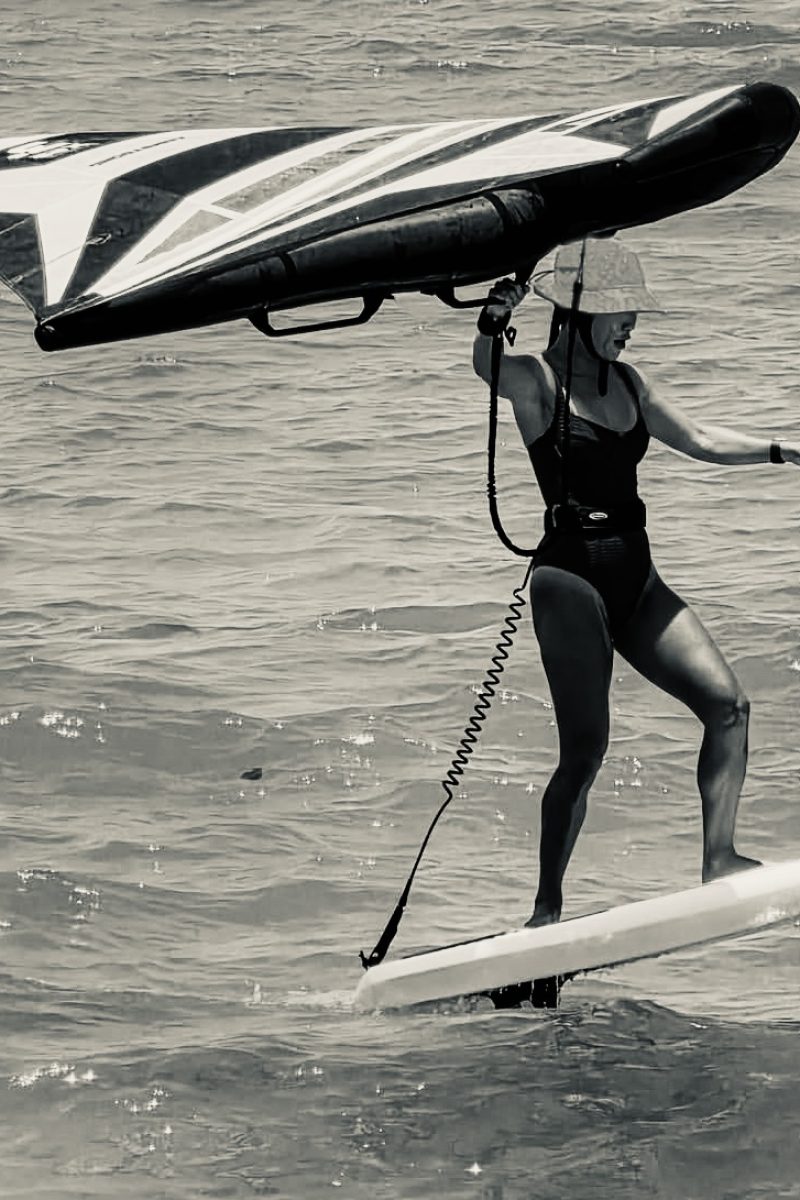
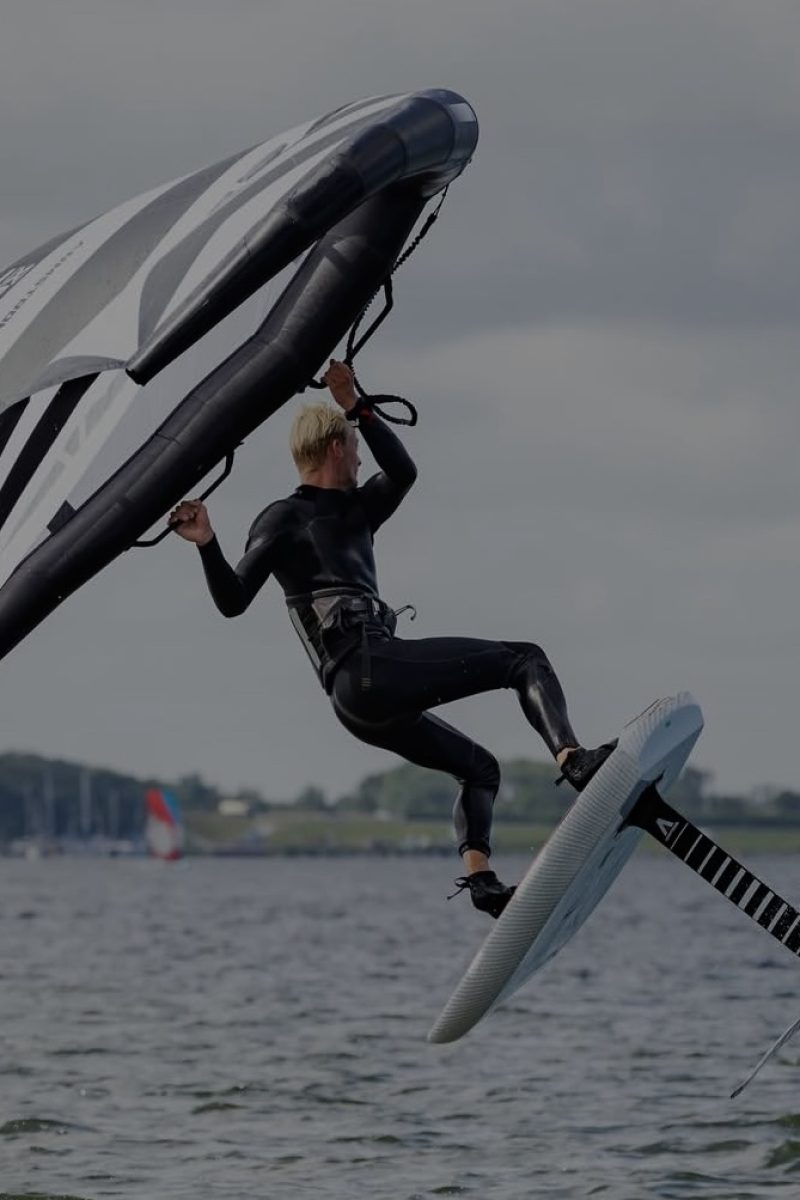
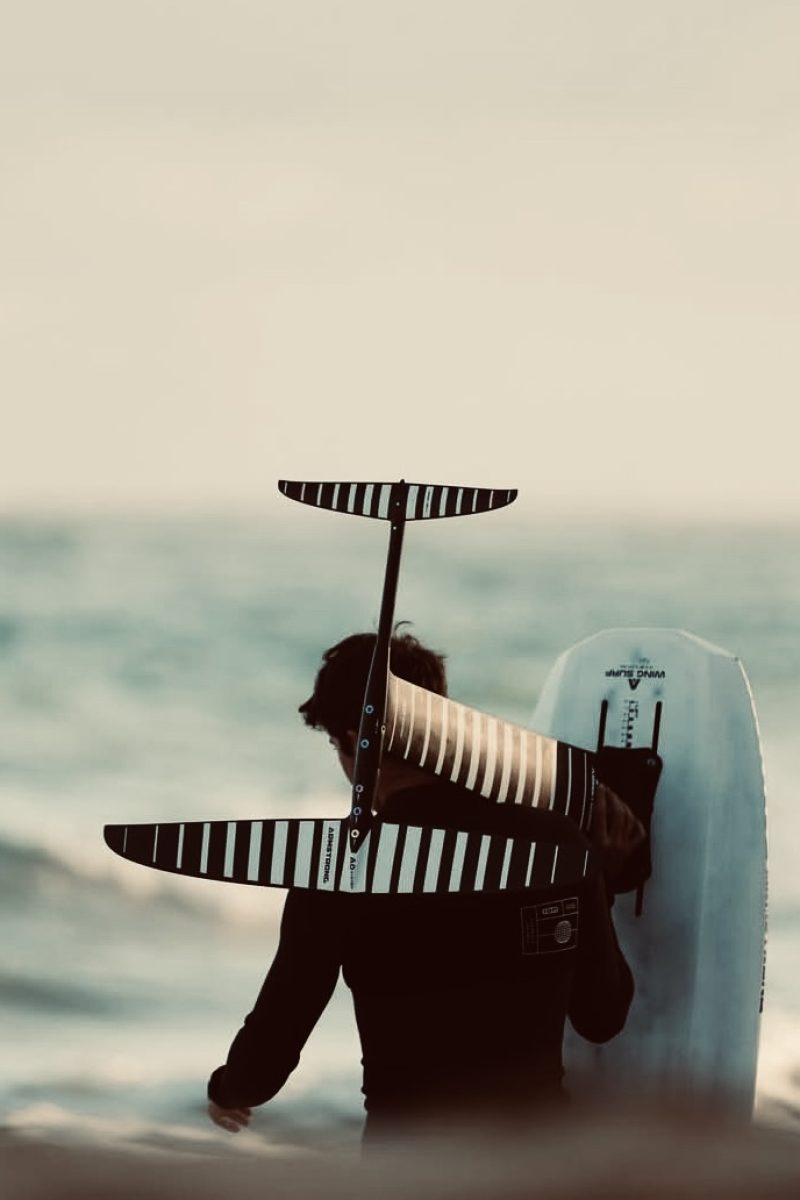
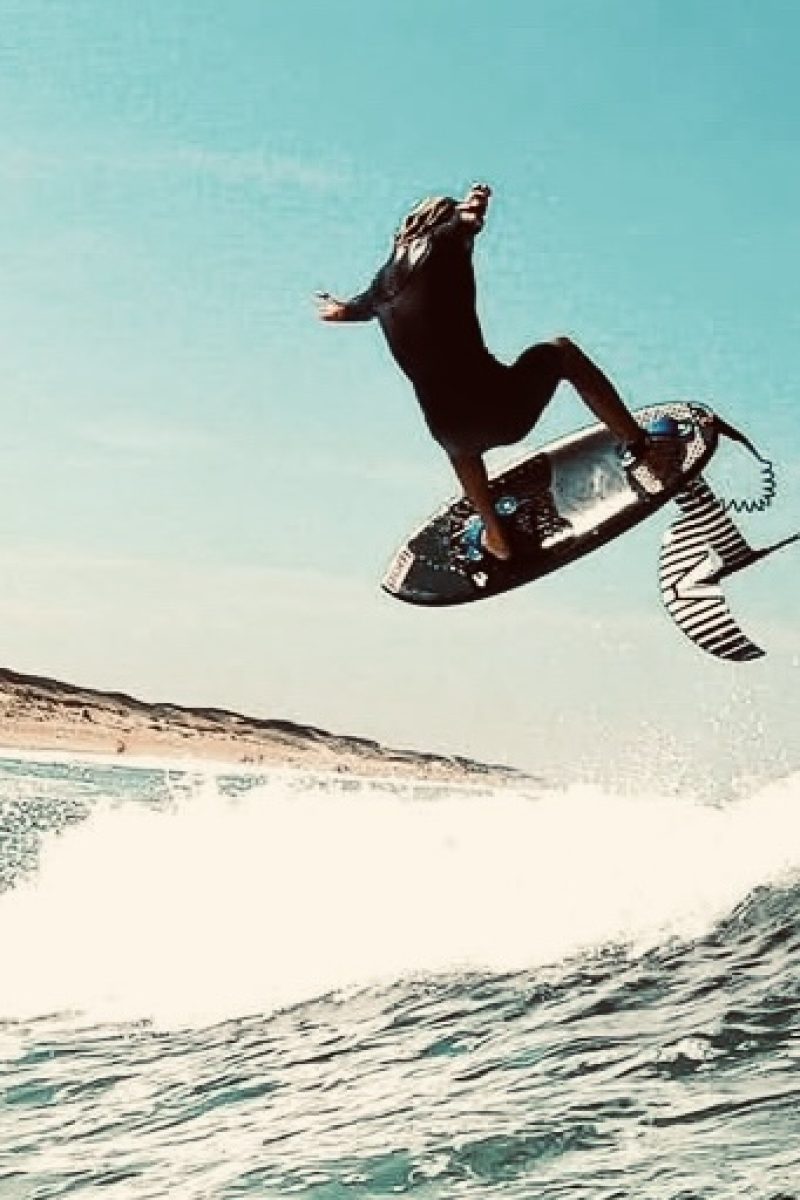
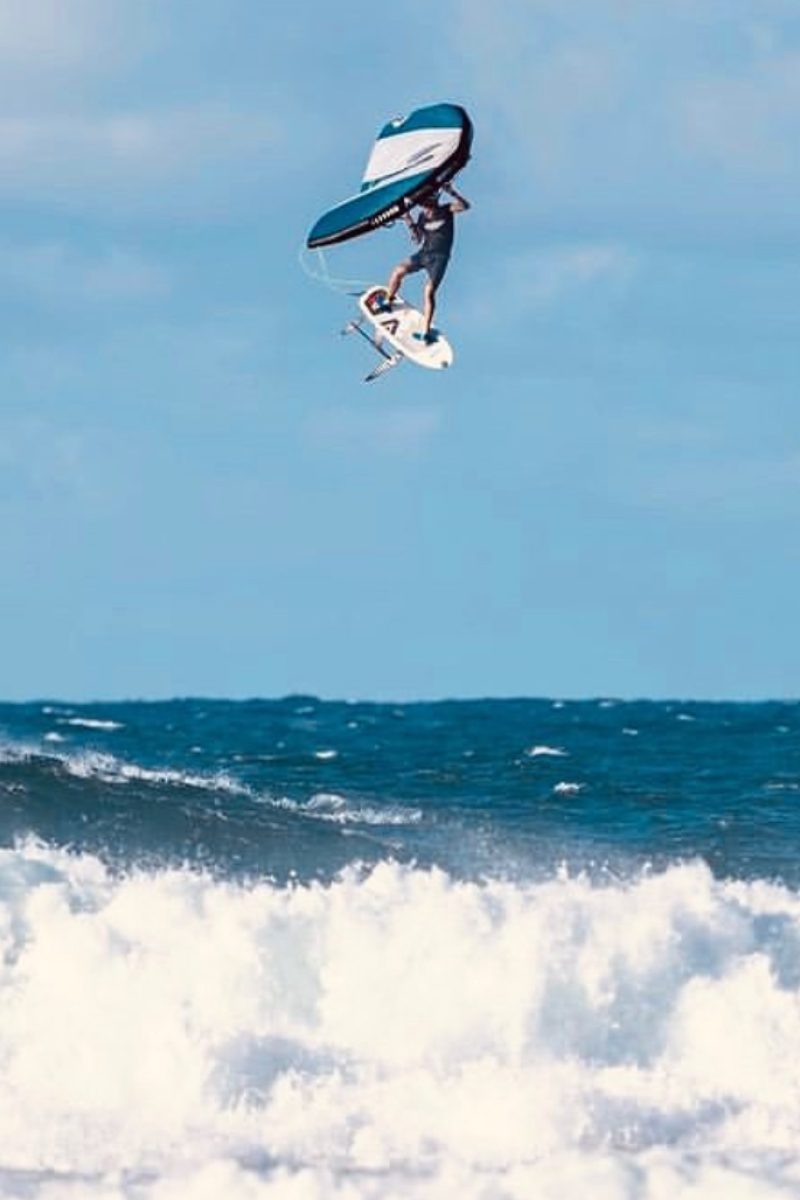
Foiling isn’t just a sport — it’s a lifestyle
t’s about chasing freedom, feeling deeply connected to the water, and moving in perfect harmony with the ocean’s rhythms. Every ride is a chance to push limits, embrace adventure, and share the stoke with a community that understands your passion. This is more than a pastime — it’s a way of life, built on respect for the sea and the thrill of the glide. Welcome to the tribe.

Select options This product has multiple variants. The options may be chosen on the product page
Select options This product has multiple variants. The options may be chosen on the product page
Select options This product has multiple variants. The options may be chosen on the product page
Select options This product has multiple variants. The options may be chosen on the product page
Select options This product has multiple variants. The options may be chosen on the product page
Select options This product has multiple variants. The options may be chosen on the product page
Select options This product has multiple variants. The options may be chosen on the product page
Select options This product has multiple variants. The options may be chosen on the product page
Select options This product has multiple variants. The options may be chosen on the product page
Select options This product has multiple variants. The options may be chosen on the product page
Select options This product has multiple variants. The options may be chosen on the product page
Select options This product has multiple variants. The options may be chosen on the product page
Select options This product has multiple variants. The options may be chosen on the product page
Select options This product has multiple variants. The options may be chosen on the product page
Select options This product has multiple variants. The options may be chosen on the product page
Select options This product has multiple variants. The options may be chosen on the product page
Select options This product has multiple variants. The options may be chosen on the product page
Select options This product has multiple variants. The options may be chosen on the product page
Select options This product has multiple variants. The options may be chosen on the product page
Select options This product has multiple variants. The options may be chosen on the product page
Select options This product has multiple variants. The options may be chosen on the product page
Select options This product has multiple variants. The options may be chosen on the product page
